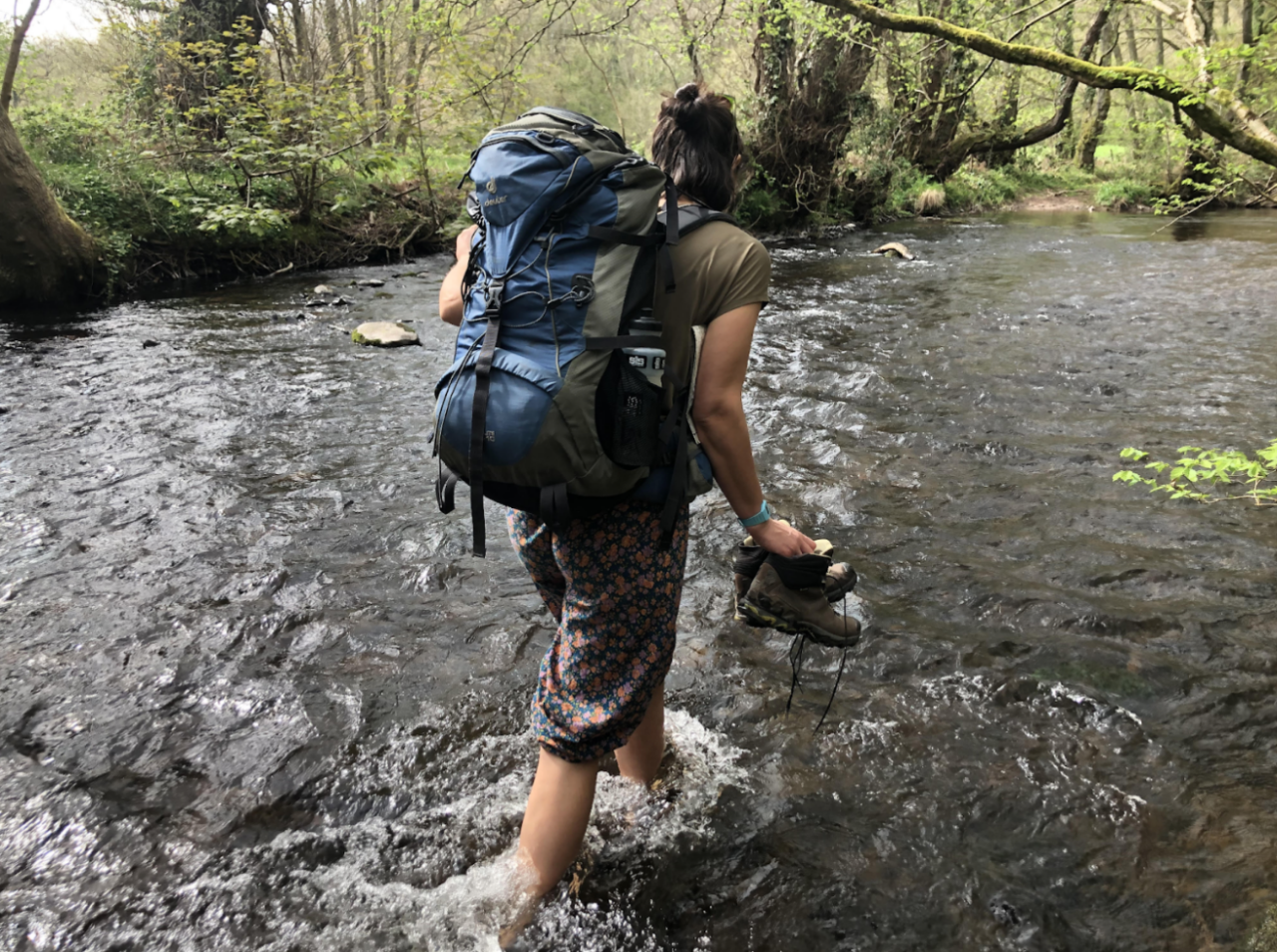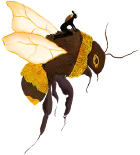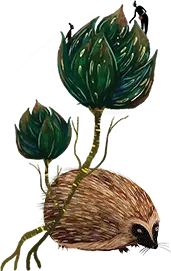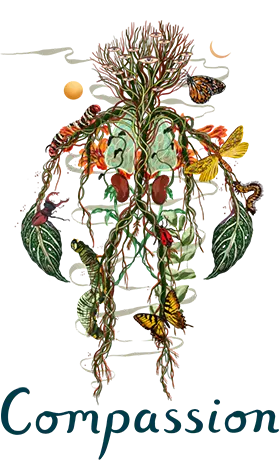
Activity Ideas: ‘Senses’ Nature Connection Pathway
Have you completed our Senses challenge*? Looking for even more ideas on how to connect with Nature? Let’s dive deeper…
*Each month there is a different challenge to take part in. If you haven’t taken part in our Nature Sounds Challenge , find out how you can participate below, but that is just the start. Through our various partners, we present a whole heap of other ideas, all with the same effect – helping you engage your senses and explore and connect with Nature like never before.
Only got 5 min to spare? We’ve got you covered…
5 min activities
Imitate a Bird (Generation Wild)
Sit quietly and listen to the birds. Choose one whose call you really like. Can you re-create this sound?
Sensing the Forest (Forestry England)
Pause. Be in the moment. You’re standing in a beautiful forest. You feel safe and happy here. Write down something you can Hear, Taste, Smell, Touch, See. If you’re at home, imagine you’re in a forest.
Listen to the sounds of nature (Generation Wild)
Lie down on your back (or sit if the ground is wet) and close your eyes for one minute. How many different natural sounds can you hear? Count them on your fingers as you go.
4, 3, 2, 1 in Nature (The Natural History Museum, London)
A 5-minute mindfulness exercise brought to you by the Urban Nature Project at the Natural History Museum, London, as part of our ReWild Yourself London City Nature Guide.
Find a spot to sit in Nature. A local park or garden will do — anywhere there is a little green or blue and a pocket of calm. Now take a moment to be mindful of your surroundings, using the prompts in the guide (download below).
Walk barefoot (Generation Wild)
Find an area where it’s safe to walk barefoot. Take off your socks and shoes, notice how it feels and enjoy! Simple as that.
Ready to take a little more time? Check out the ideas below.
15 min ideas
Search for smells (Generation Wild)
Time to put your nose to good use! How many different plants and objects can you find that have a smell?What was your favourite smell, your least favourite smell? How did make you feel?
Something sticky (The Scouts)
Fill a bag with enough sticks for everyone in your group to have their own. You need a variety of sticks – try to find ones of different lengths, thicknesses, textures, and shapes. Pass the bag full of sticks around and everyone takes one stick.
Everyone should try to feel their stick (without opening their eyes) so they can really get to know its shape, length, and texture. People could also smell the stick or rub it against the floor and listen to the sound it makes. Collect up all the sticks and place them in a pile. Can you identify your stick from the collection?
Go and meet a tree (Wylder App)
Go and meet a tree with all your senses – touch it, hug it, notice the different colours, shape and leaves. Consider what else is growing on or near it? Who is visiting it? Is it making any sounds? What does it smell like? Maybe leave taste to the imagination.
Go and meet a tree is part of the Pathways to Connect Challenge pack on the Wylder App.
Hunt for the colours of the rainbow (Generation Wild)
Can you find something natural that is each colour of the rainbow? (red, orange, yellow, green, blue, indigo / violet / purple).
Sky Bathing Babies (University of Derby)
Lie back, look up and enjoy the sights and sounds around you. Tune into nature; take a moment to enjoy all that you can see, hear and feel. Talk to your baby about the things that surround you and share in the experience of being outdoors. Point to things you enjoy; such as the clouds, trees or birds that swoop across the skies. Imitate the sounds in nature you can hear or create a story from all that you see.
Sky Bathing Babies is part of the University of Derby’s range of activities designed for families and carers who have babies and young children – ‘Connecting Families with Nature Activities’
Go Paddling (National Trust)
‘Go paddling’ is number 20. of the National Trust’s ‘50 things to do before you’re 11¾’ activities and is one of the easiest and most satisfying. It’s so refreshing to cool down on a hot summer’s day by dipping your hands and feet into refreshing, cool water.
Once you’ve found a good spot, take a few minutes to enjoy the sensation of the water running over your feet and legs. What can you feel? Perhaps there are fine grains of sand slipping between your toes and gently cleaning your feet. Wriggle your toes in and out of the sand, what does it feel like? Is it a satisfying sensation?
Sound Mapping (Wylder App)
Nature shares lots of visual offerings, but it also shares lots of sounds. Do we actively listen to these sounds of nature? This step-by step Sound Mapping challenge will open your ears to the natural world, and have you actively listening, then responding to the sounds you hear, using your innate audio-visual language. All you need is your ears, some paper, and a drawing implement!
Colour Gathering (University of Derby)
Have your child select a coloured item from home/paint colour sample. Ask them to find things in nature which match the sample/swatch shade. Walk with them as they explore and try to match the colour with leaves, grass, moss etc. You could explore the sense of touch too, contrasting how the moss feels compared to a shiny spring leaf or crinkly autumn leaf for example.
Colour Gathering is part of the University of Derby’s range of activities designed for families and carers who have babies and young children – ‘Connecting Families with Nature Activities’.
Make natural artwork (Wylder App)
Find an outdoor space that is wild or “untidy”. Spend some time gathering objects from the ground (leaves, stones, sticks etc.) Then start creating some artwork on the ground using these objects. It could be a circle, repeating patterns, a colour line – anything you feel drawn to. Remember, this is not a class and there is no right or wrong answer, just an opportunity to really look closely at what you discover in Nature.
Not in a rush… perfect! Try some of these…
30+ min ideas
Go on a night-walk (Generation Wild)
Spending time in nature can be a totally different experience at night. Look up the sunset time and head out just before sunset. If it’s safe to do so, turn off your torch and let your eyes adjust. What will you see and hear?
Explore the forest with your senses (Forestry England)
Download the Children’s University Mindful Moments guide, helping you really notice nature by going on a sensory journey somewhere where there are trees.
- Look – As you go, carefully look at the shapes of the leaves around you. Compare the shapes on different trees.
- Listen – Find a quiet spot where you can close your eyes and listen to the sounds around you.
- Touch – As you carry on, take time to stop and carefully feel textures. For example, bark on trees and moss growing on stones.
- Smell – As you continue, breathe in deeply through your nose and notice all the different smells.
- Taste – Trees provide food and shelter for many different animals. What can you see that is a food source for animals?
Forage for wild food (National Trust)
Foraging is a hobby that involves searching for and eating plants, herbs and fruit. It’s time for you to dip your hand into the hedgerows, trees and bushes to see what yummy treats you can discover. BUT, only eat what you recognise. If you don’t know what it is, don’t eat it.
‘Forage for wild food’ is number 21. of the National Trust’s ‘50 things to do before you’re 11¾’ activities.
Natural Scents (Natural Resources Wales)
This activity to explores sense of smell, sight and touch to create individual smelly cocktails. Collect natural objects, such as leaves, petals, study and crush each item between your fingers and smell. Are they nice or unpleasant smelling? Add your items to the pot. When sufficient material has been gathered, use a small stick to stir and mash the concoction together to make an individual scent. Once complete, share and smell each other’s cocktails to experience a wide range of smells and compare and describe them. You could also try guessing the different items in each person’s concoction.
Listen to the dawn chorus (The RSPB)
The dawn chorus is on of the UK’s great nature experiences. Although it peaks in spring, it can still be heard in some form in early summer.
The dawn chorus is the symphony of song performed by birds looking for love, and to defend their patch. It can be heard in some form or another almost everywhere – from gardens, parks, hedges and woods to marshes and even mountain tops. If you want, just open your bedroom window, lie back and enjoy the songsters near you. But for the full effect, a wooded area or park with mature trees are great bets. Set your alarm clock. In the UK the dawn chorus is at its peak just before and just after sunrise.
If it’s your first dawn chorus experience, just sit back and let the symphony of sound wash over you.

Psssst… Are you following us on Instagram yet? Head over to ReWild Yourself to join in the fun and become a member of our online community. Hit the link below – and you can even share your Nature creations!










